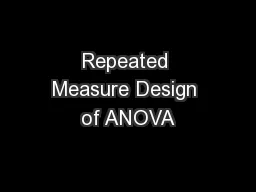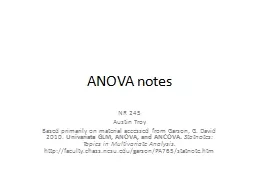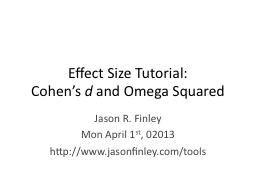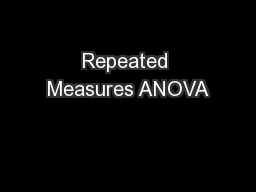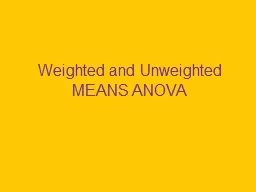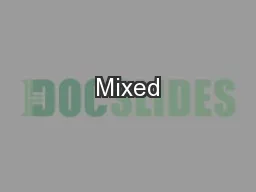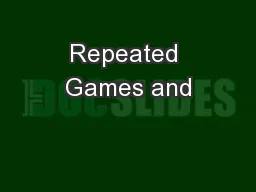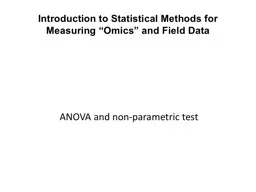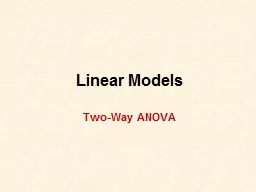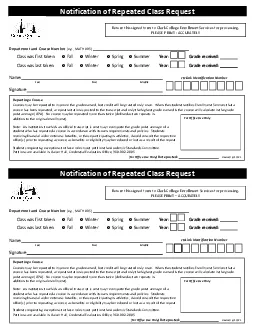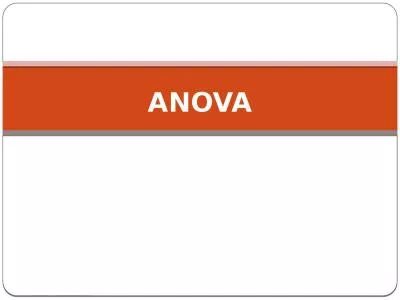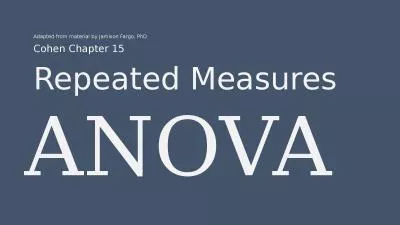PPT-Repeated Measure Design of ANOVA
Author : pasty-toler | Published Date : 2015-09-29
AMS 572 Group 5 Outline Jia Chen Introduction of repeated measures ANOVA Chewei Lu Oneway repeated measures Wei Xi Twofactor repeated measures Tomoaki Sakamoto
Presentation Embed Code
Download Presentation
Download Presentation The PPT/PDF document "Repeated Measure Design of ANOVA" is the property of its rightful owner. Permission is granted to download and print the materials on this website for personal, non-commercial use only, and to display it on your personal computer provided you do not modify the materials and that you retain all copyright notices contained in the materials. By downloading content from our website, you accept the terms of this agreement.
Repeated Measure Design of ANOVA: Transcript
Download Rules Of Document
"Repeated Measure Design of ANOVA"The content belongs to its owner. You may download and print it for personal use, without modification, and keep all copyright notices. By downloading, you agree to these terms.
Related Documents

